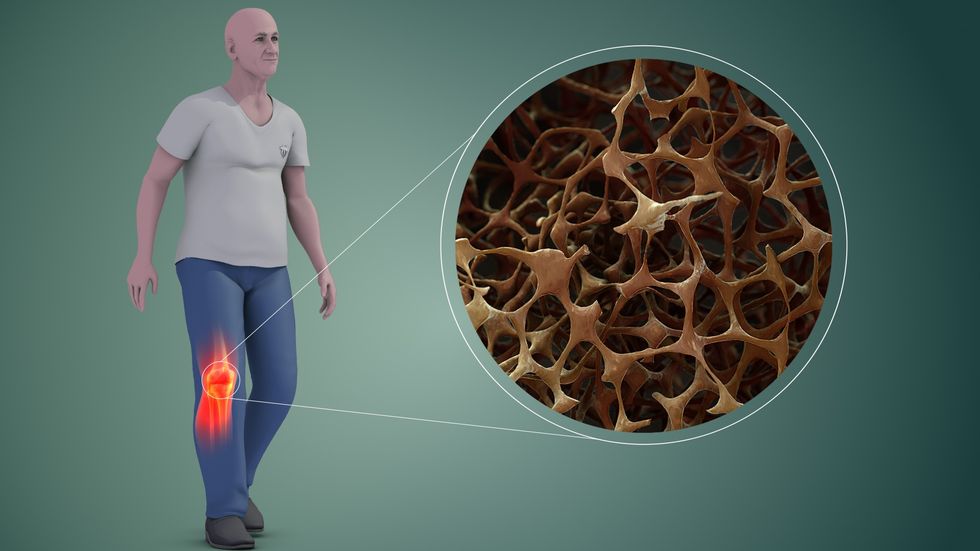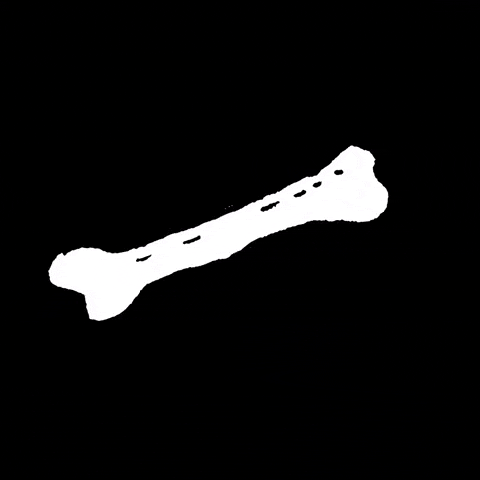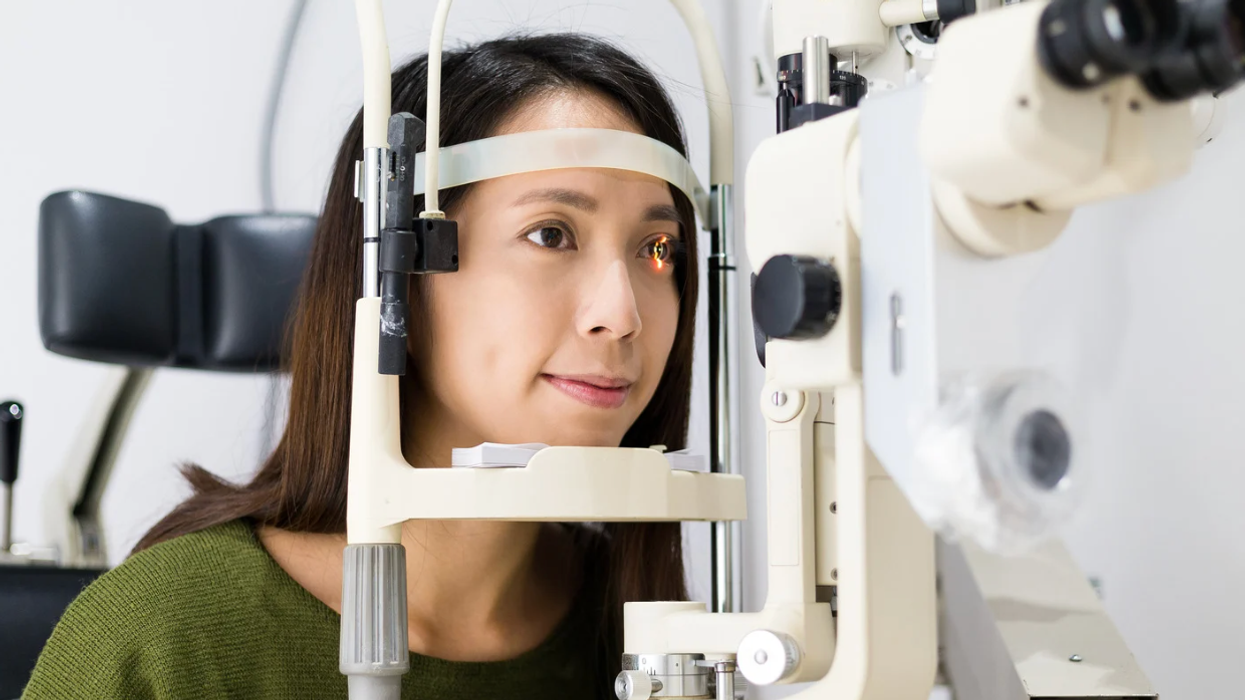Our bodies continually break down a little bit each year, meaning a lack of bone density and health can be a very real problem. It's not only the health of the skeletal structure that's a concern, but also the related illness caused in the recovery process after an injury. Some good news, though, is scientists might be on the right track to turn things around for all of us.
Researchers at Leipzig University have discovered a previously unknown regulator of bone health. They've identified a receptor called GPR133 that is critically involved in maintaining skeletal health and integrity. The breakthrough has the potential for safer and more targeted interventions on bone loss. This science offers broader benefits affecting millions of aging people, with implications for reversing osteoporosis.

What is this new receptor GPR133 all about?
Leipzig University (Universität Leipzig) shared a press release on the 2025 study profiling the remarkable research. The statement expressed excitement about this found receptor, saying, "When GPR133 is activated in bone tissue, it triggers a signal that stimulates bone-forming cells (osteoblasts) and inhibits bone-resorbing cells (osteoclasts)." Using lab mice, they were able to manipulate the receptor to force negative genetic changes. The mice showed signs of bone density loss, similar to what humans might experience with osteoporosis. Stimulating the receptors resulted in the opposite effect, making stronger, more resilient bones. A change was observed in both healthy and weakened mice.
The drug AP503 stimulates the receptors to get to work.
Science Daily shared the 2025 study that found a new compound called AP503, which, when introduced into mice, boosted bone strength and reversed osteoporosis-like conditions. Dr. Juliane Lehmann, a researcher at the Rudolf Schönheimer Institute of Biochemistry and author of the study, said, "The newly demonstrated parallel strengthening of bone once again highlights the great potential this receptor holds for medical applications in an aging population." These new medications can help spark the natural perseverance programmed into the body's biology of healing and maintenance systems.

Why is this research so important?
Osteoporosis is a disease that causes the loss of bone mass over time. A 2022 study published in the National Library of Medicine estimates that about 200 million women suffer from the disease worldwide. Unfortunately, the numbers are on the rise. This public health problem has also brought a heavy financial burden. Estimates are that by 2050, hip fractures alone will increase in men by 310% and in women by 240%.
The simplest form of concern with bone weakness involves fractures. A 2021 study in the National Library of Medicine found that 32.7% of patients with a hip fracture died within two years. It's not simply the injuries caused by weak bones. It's the functional decline of health associated with the recovery and lack of recovery after serious bone injuries in patients.

As of today, we have limited resources to combat many age-related illnesses. Treatment for osteoporosis centers around physical therapy and healthy lifestyle changes. Working on the muscles that maintain balance, posture, and flexibility all help reduce the risk of fractures. New medications and studies to help improve bone health are crucial in elevating the enjoyment and health of people as they age.
For those facing challenges with osteoporosis, support groups like the Online Osteoporosis Community and the Bone Health & Osteoporosis Foundation are available to help.






















 Ladder leads out of darkness.Photo credit
Ladder leads out of darkness.Photo credit  Woman's reflection in shadow.Photo credit
Woman's reflection in shadow.Photo credit  Young woman frazzled.Photo credit
Young woman frazzled.Photo credit 

